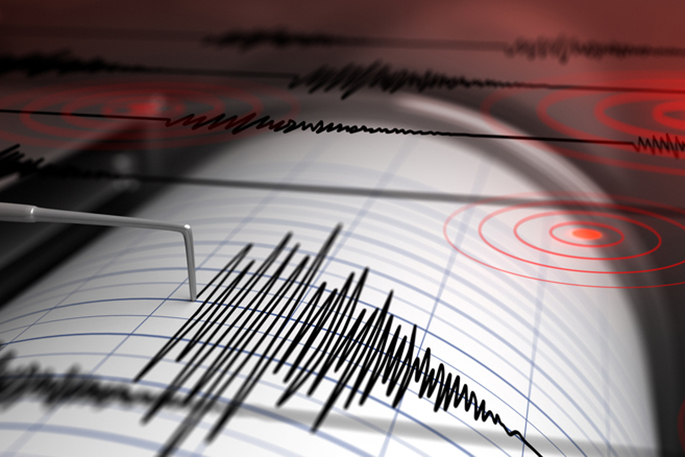A group of international scientists, including researchers from GNS Science, has produced a new global earthquake hazard map and accompanying risk maps.
The maps and associated software will set a new benchmark for developing disaster risk reduction strategies worldwide.
Produced by the Global Earthquake Model Foundation, the new maps are a mosaic of more than 30 national and regional hazard and risk models and supersede a global earthquake hazard model released in 1999.
GNS Science developed the New Zealand models for seismic hazard and risk that have been included in the new global model.
With risk included, these models describe the impact of future earthquakes on infrastructure and people, often expressed as casualties and economic losses. These impact descriptions will provide effective information for planners and decision-makers both in New Zealand and globally.
For the first time, the data behind the maps has been centrally stored on GEM's online platform and will be accessible to a wide range of users including hazard and risk analysts, engineers, modellers, emergency planners, and the public.
'This initiative is a prime example of scientific efforts around the world to help us better understand earthquakes and improve risk mitigation and emergency preparedness for the future,” says New Zealand's representative on the GEM governance group, Dr Kelvin Berryman of GNS Science.
The new maps are derived from the most comprehensive global assessment of earthquake hazard and risk to date. Inputs include standardised data from more than 20,000 large earthquakes worldwide in the past 110 years, information from 70,000 GPS stations around the world, specific information on major active faults, data on global building stock, and the vulnerability of communities to earthquakes.
GEM Foundation secretary-general Dr John Schneider says it's been a decade since the initiative started.
'The collaboration across public, private and academic sectors from the 30-plus member nations and private sector partners has been truly exceptional.”



0 comments
Leave a Comment
You must be logged in to make a comment.